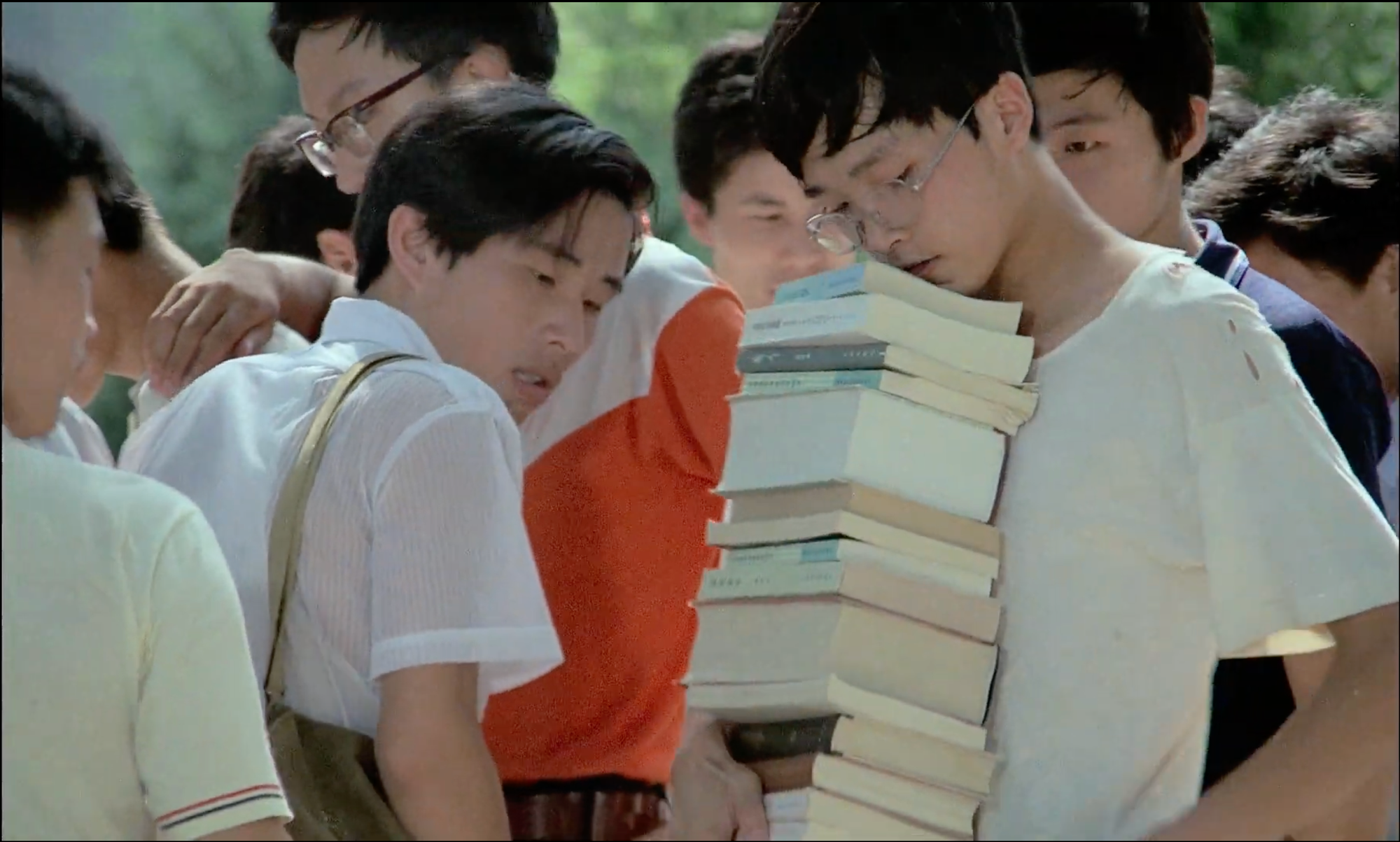Girl Students' Dormitory (Shi Shujun, 1983)
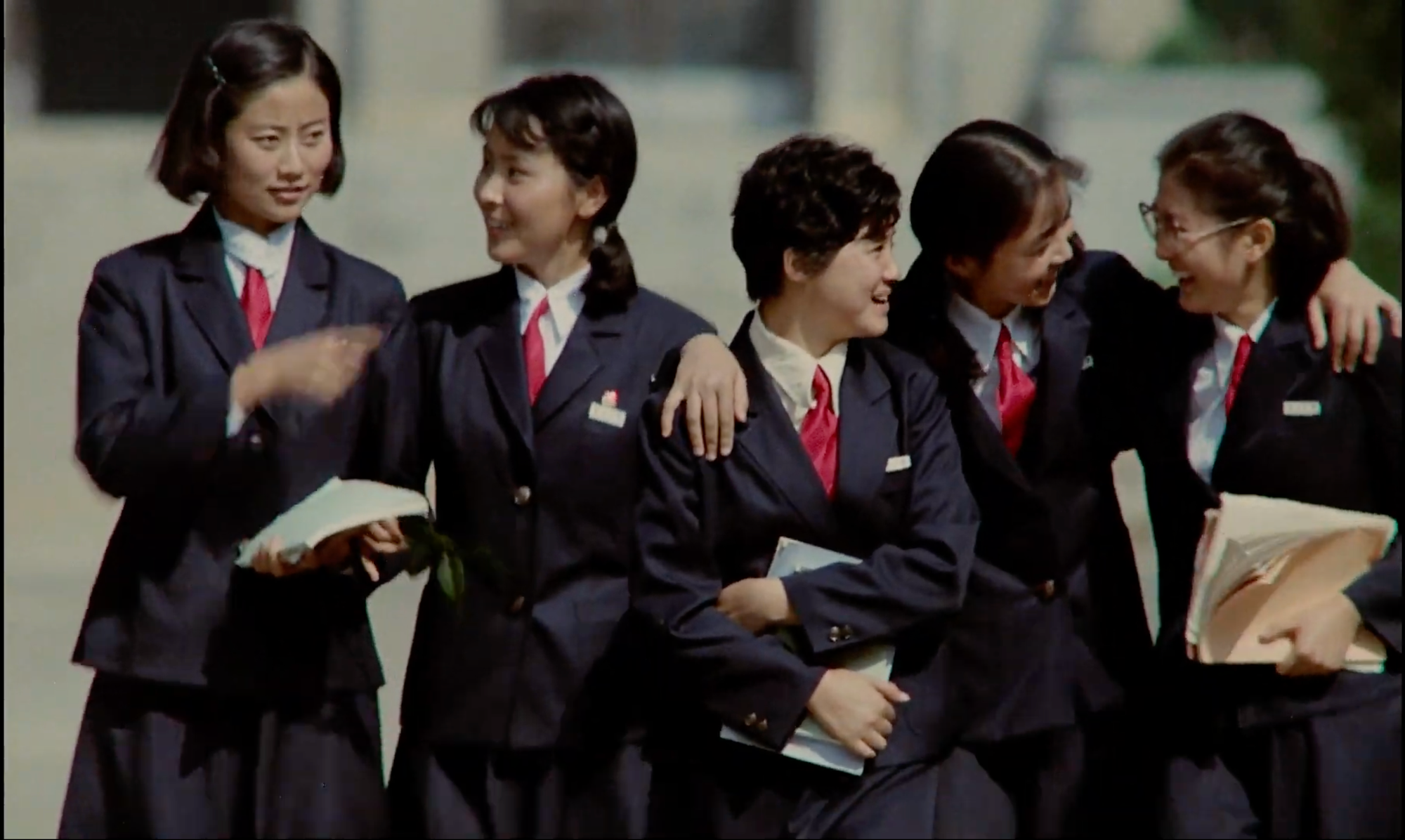
Just concluded at the BAM in New York was a very cool series of films that were set and filmed in Wuhan. Programmed by CineCina’s Frank Yan, the series explored different aspects of the city that’s become notable in recent years as the epicenter of the COVID pandemic. The idea is to put a human face to what to us in the West is just a name, one used to terrify the gullible and witless, but which is in fact one of China’s largest and most vibrant cities. With so much of Chinese language film, especially mainstream commercial cinema, having been flattened out in recent years, either by government decree or by the realities of co-production financing and digital filmmaking, films that evoke a specific location are becoming increasingly rare. iQIYI Cinema, for example, rarely even bothers to specify locations for its actions, taking place either in some Generic Chinese City or in a Vague Southeast Asian City, depending on how heroically the local police are depicted. A film like Chongqing Hot Pot, a clever thriller that conveys something of the flavor of its title city (and which is now playing on the Criterion Channel) is increasingly rare in Mainland cinema. And while many Hong Kong filmmakers are doing heroic work trying to keep the city’s unique culture alive, it seems to be becoming an increasingly impossible task. Series like this one remind us that China (like anywhere else) is full of actual places, ones with their own unique histories, cultures, people, and languages, and not simply a digital fairy land where government approved trifles stream across our screens for a little while before vanishing into the wash of bits and bytes like they were never here.
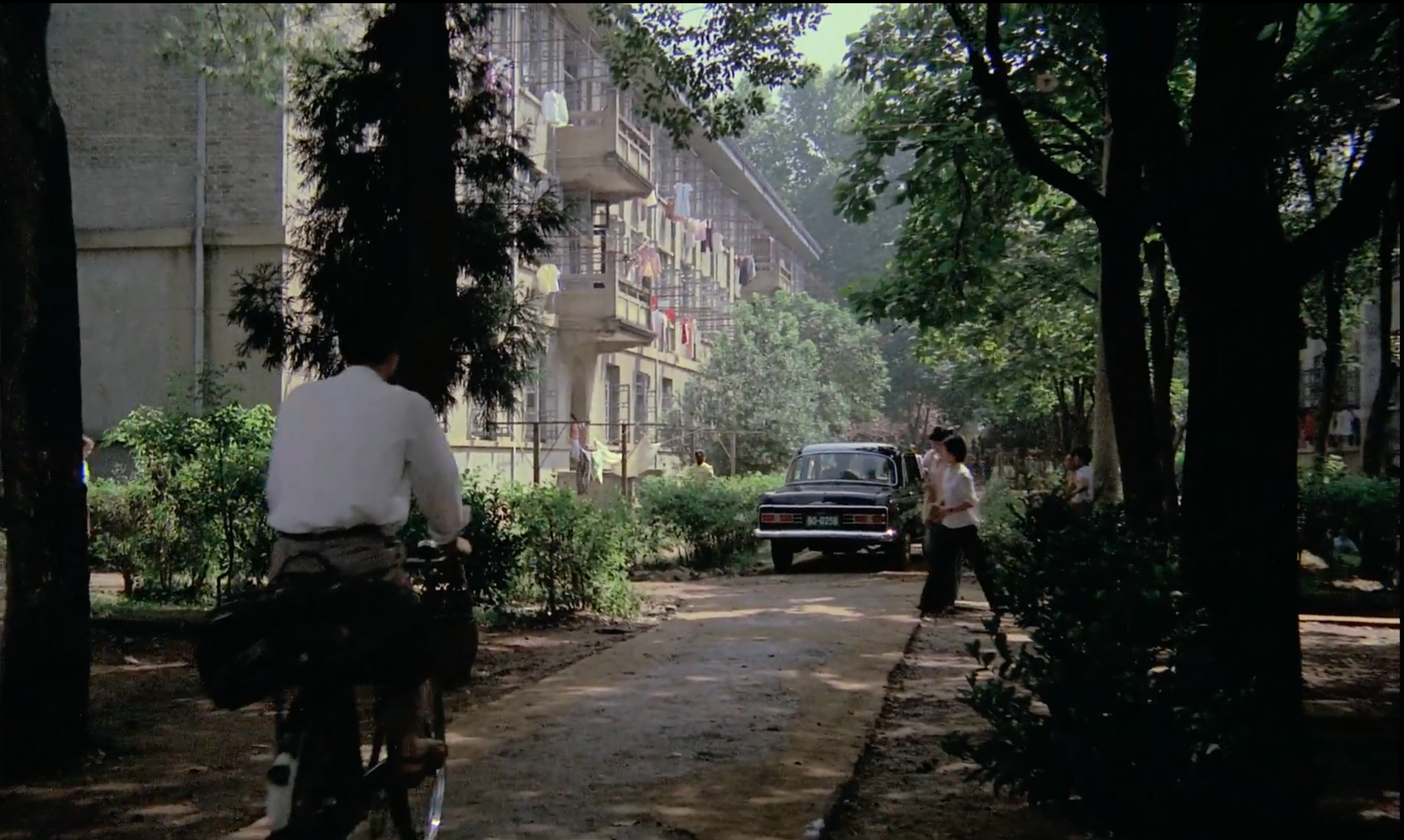
I’ve reviewed a couple of films in the Wuhan series before. Mystery was the first Lou Ye movie I ever saw and while I didn’t hate it, nor did it make me as nauseated as most Lou Ye films have done (thanks to his too close and too shaky camera), what I remember most about it is eavesdropping on David Bordwell talking about it while walking out of the theatre at VIFF 2012. RIP Professor. The Wild Goose Lake I liked well enough at VIFF 2019, standing out among a sea of Moody Chinese Noirs that dominated the festival circuit in the late 2010s. It made me want to revisit director Diao Yinan’s Black Coal, Thin Ice, which won acclaim but left me cold. But I still haven’t gotten around to doing so. Some of the other films in the series looked interesting as well (like A River Runs, Turns, Erases, Replaces which was an intriguing festival movie I never got around to back in 2021), but the one that really caught my eye was Shi Shujun’s Girl Students’ Dormitory. And I’m glad I did, because it’s one of the best Mainland movies I’ve seen in years, and has immediately become one of my favorite Fifth Generation films, a kind of missing link between the world of that first post-Cultural Revolution group of filmmakers, their contemporaries in the New Taiwan Cinema, and both classical and modern slice-of-life Japanese film.
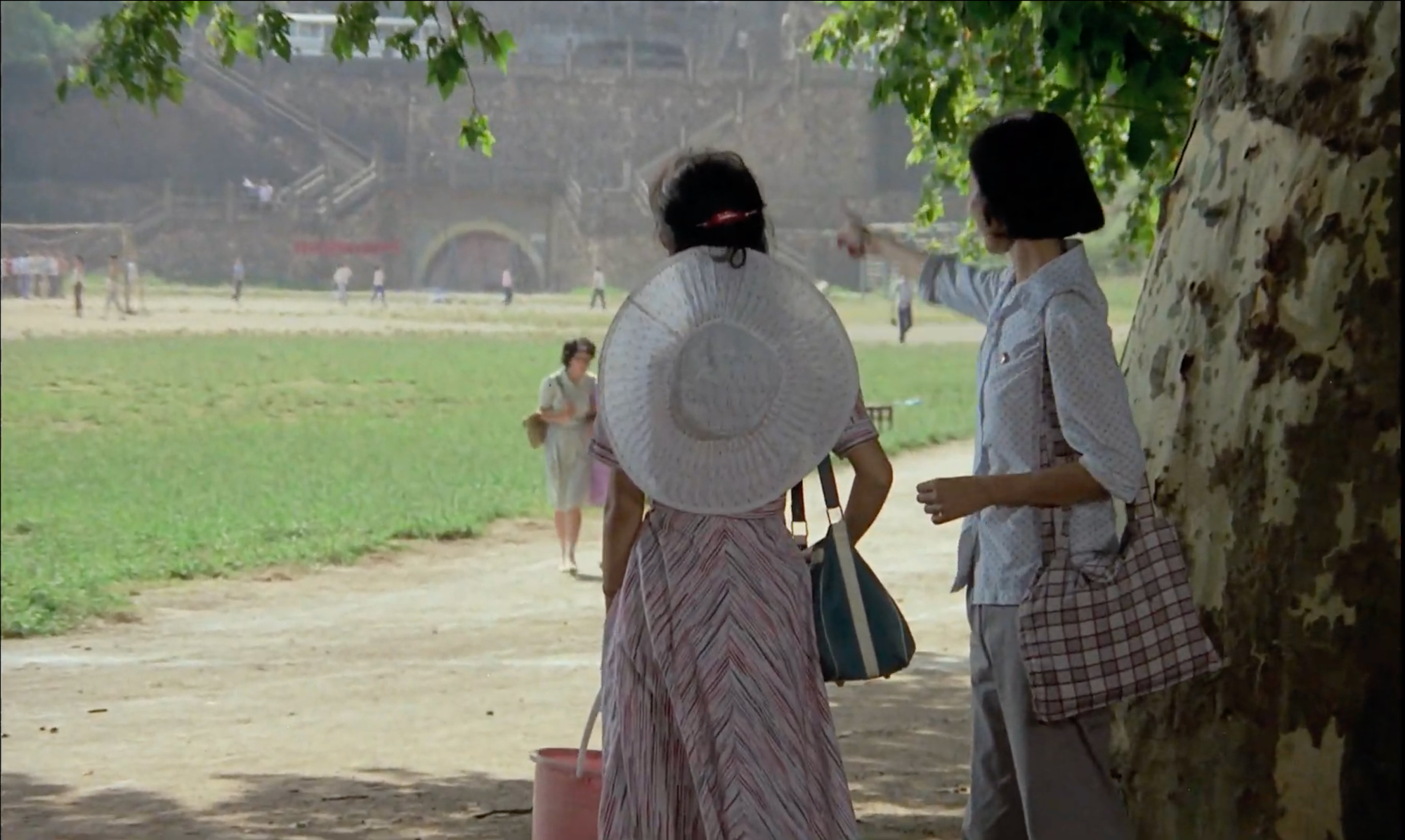
I’d never heard of the film or director Shi until this series. Seemingly neither has anyone else—the film only has six reviews on letterboxd as of this writing, and the only one of my mutuals who has logged it is programmer Frank Yan himself. As far as I can tell, she was the only woman in the celebrated class of directors who emerged in the mid-80s as China liberalized in the early Deng years. And she only made a handful of other features, while peers like Chen Kaige, Zhang Yimou, and Tian Zhuangzhuang went on to massive successes at home and abroad (Mr. Yan points out to me that she might more properly be categorized as "Fourth Generation," as she worked her way up through directing theatre rather than attending the Beijing Film Academy like these other filmmakers). Girl Students' Dormitory was her first feature, set and released in 1983, and takes place almost entirely in the confines of Wuhan University. Five women live together in a dorm room. The film follows them throughout their first semester at school, with special focus on two of the girls. One is outspoken and kind of rude and comes from money, the other is quiet and reserved and is an impoverished orphan. Her backstory is patiently revealed over the course of the film, leading to a surprising and complexly resonant revelation near the movie’s conclusion.

While sticking to the generic structure of the school film, one of cinema’s oldest genres ranging from Keaton and Lloyd and Ozu’s silent college comedies to contemporary works like Iwai Shunji’s April Story and KyoAni’s K-On! and Sound! Euphonium, Shi shows a rare eye for expressive details. The film is built entirely around the girls, but they’re surrounded by a cast of supporting characters (men mostly) who Shi, despite giving them limited screen time, manages to create as whole characters that in another film would be worthy as leads on their own. One is an aged professor who, cleaning up after a class in which half his students have walked out (because they find him so boring, cataloguing in painstaking detail the number of meanings a single character in a poem might have) discovers a caricature of him grinding away at a mill that one of the lead girls has drawn. Shi shows us the girl watching him pick it up, his slow realization of what it is, and his lonely walk down the hallway back to his office. But Shi also gives us him, sometime later, bragging about the drawing in a meeting with his fellow teachers. He knows he’s failing to reach most of his students, but he sees the nobility it, day-after-day, returning to the task and trying again.
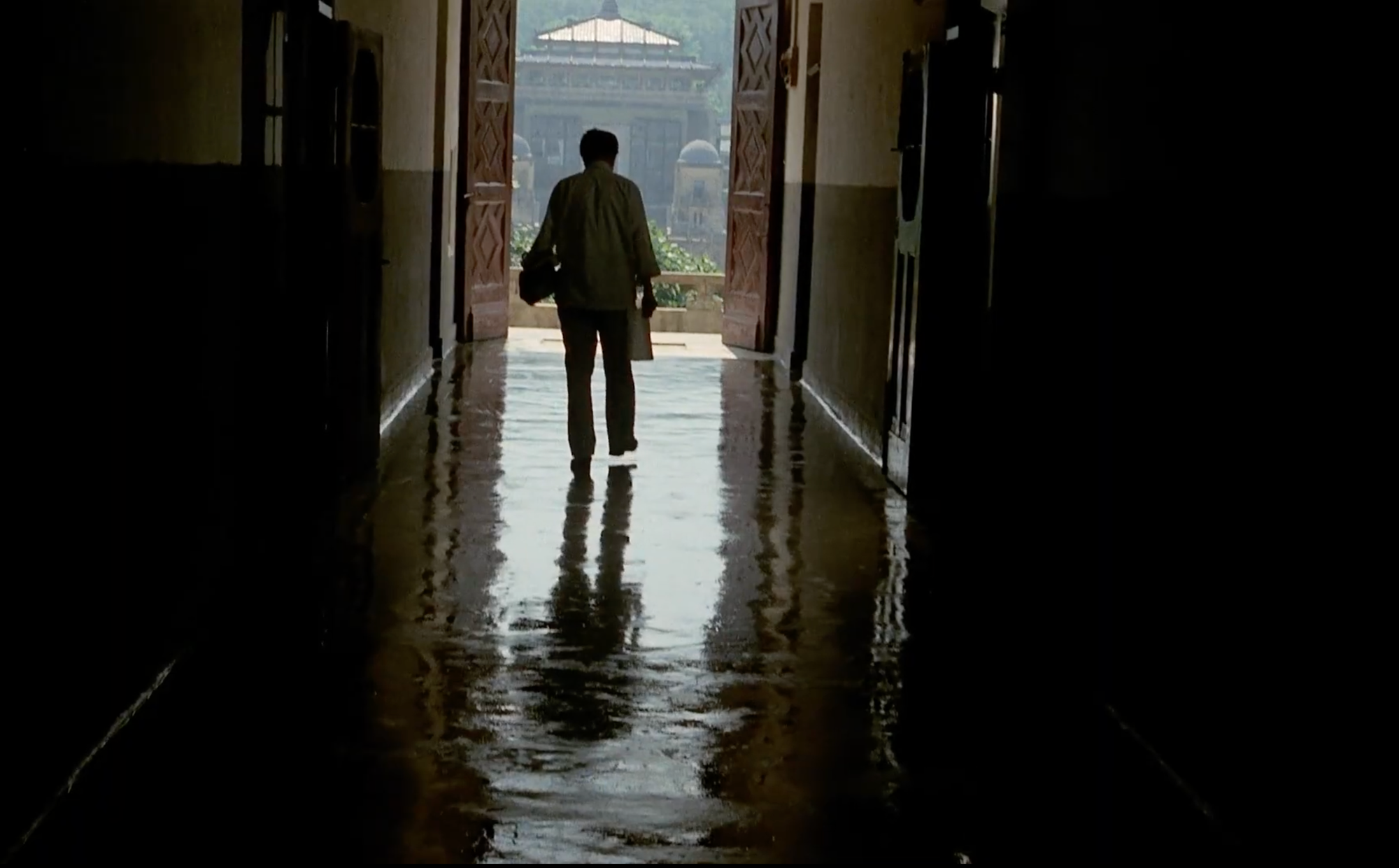
More obvious is the group of older boys the girls spy on in a seminar, discussing their ambivalence about their own role as the soon-to-be graduated elites of a still largely agrarian, impoverished, and under-educated society. Shi patiently chronicles the boys’ discussion, the kind of roundtable talk that reminded me of the documentary moments in Peter Watkins’s La Commune (Paris 1871) or last year’s Dahomey, by Mati Diop. One of those boys will become a love object for one of the girls, a romance that will never come to fruition because of the still looming specter of the Cultural Revolution: his long-term girlfriend had been “sent down” to the country and is still there and he’s petitioned the government to join her as soon as he graduates.
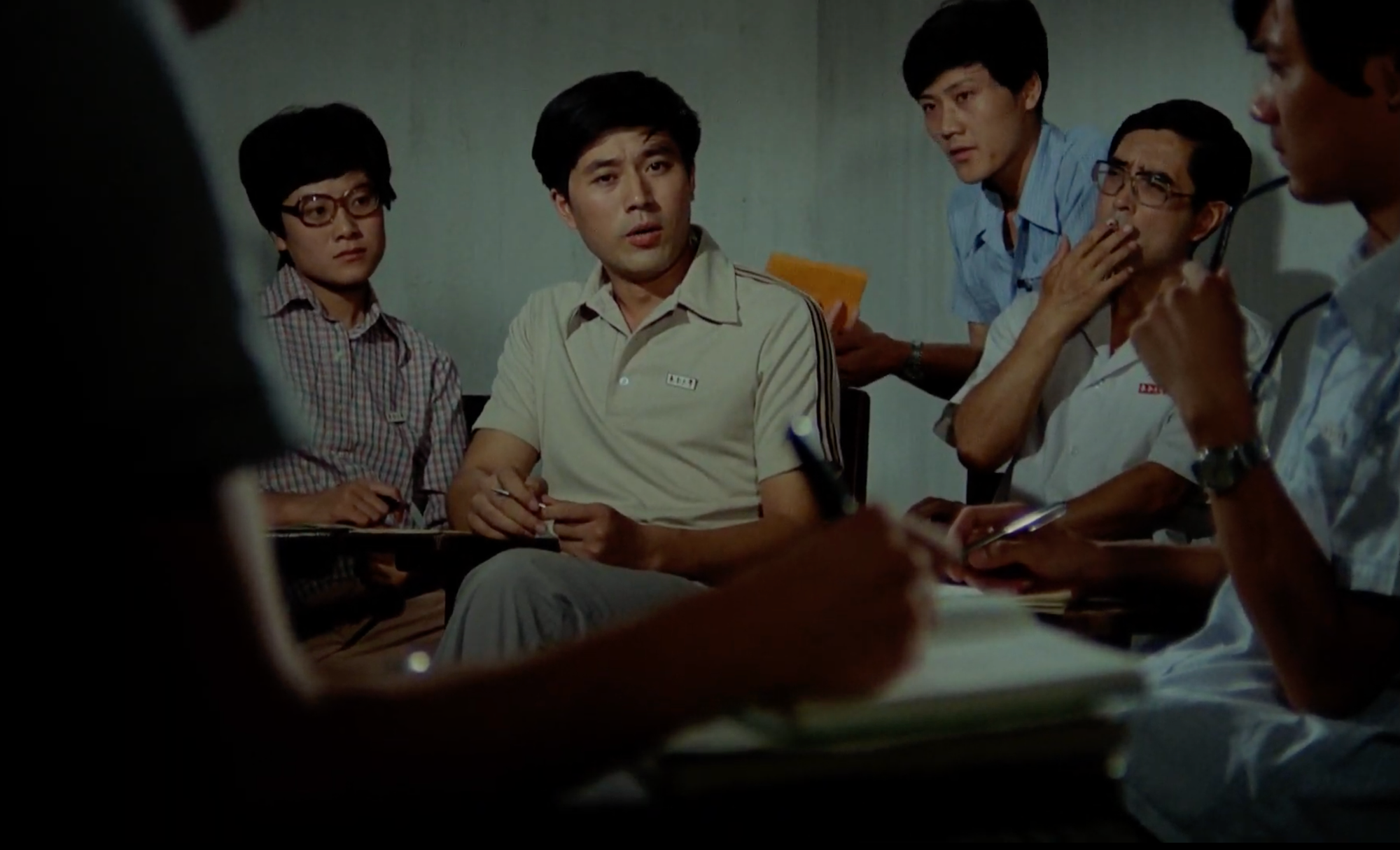
The legacy of the Cultural Revolution is inescapable in a film that seems at times like it desperately wants to be the kind of goofy campus comedy that all young people should get to live in for at least a little while. But its impact on these girls and their families is powerful and far-reaching, lurking under every interaction. The poor girl has the best grades in her class, but can only afford to attend school because of a combination of official financial aid and the pooling together of bits of cash from her home villagers, and even then she still has to work moving bricks around on the weekend. Her financial aid is endangered because her shyness, and shame at her relative poverty, is misread as unrepentant individualism by the leader of the dorm room, a mistake that takes weeks of meetings and bureaucracy to untangle. The idea that even in a world as free as dorm life, where kids can spend as much of their time as possible learning all the things they’re most interested in and goof-off at the riverside or playfully force a roommate to drink way to much water in their downtime, one is always being watched for signs of corrupted ideology is a chilling one, and one that Shi’s generation, who came of age during the Cultural Revolution, must have found impossible to shake.
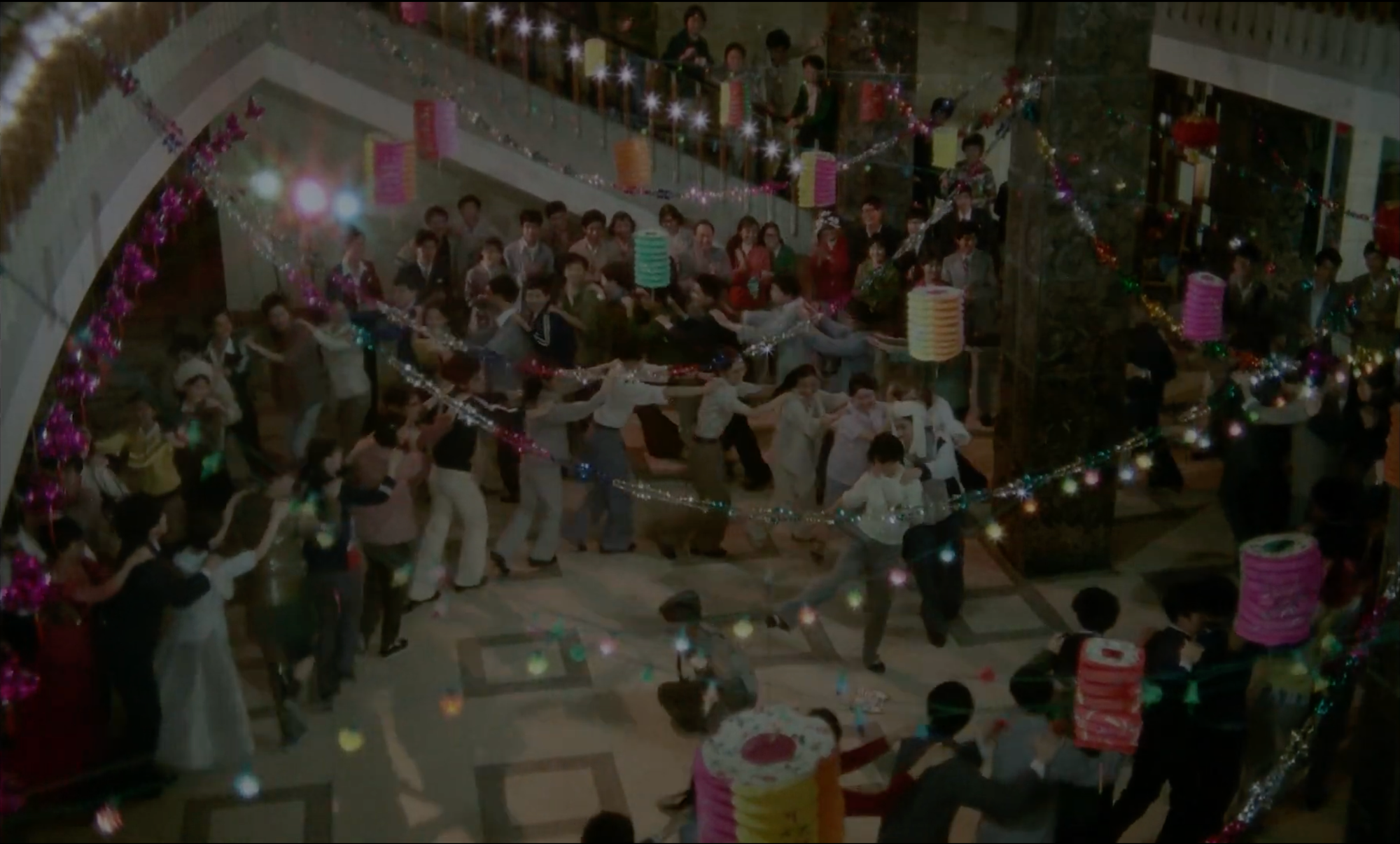
There’s something of this in the films of the next generation of Chinese directors, in movies like Jia Zhangke’s Platform and Lou Ye’s Summer Palace, both of which follow similarly-aged characters through the 1980s. But both of those films are period pieces and their retrospective perspective shows the point-of-view of filmmakers who grew up after the worst of the Cultural Revolution had passed (as does Jiang Wen’s 1960s-set In the Heat of the Sun). Shi’s contemporaries, for the most part, avoided direct representation of 1980s China, choosing instead to make lavish period pieces that addressed the world of their youth in allegory or as part of a sweeping, Hollywood-style historical epic (as in Chen’s Farewell My Concubine and Zhang’s To Live). Shi’s approach has much more in common with that of Hou Hsiao-hsien and Edward Yang, who were making their first major films at the same time Girl Students’ Dormitory premiered. Shi’s Girls from Wuhan have much in common with Hou’s Boys from Fengkuei, and you can see their future reflected in Yang’s Stories of Taipei. Each director eschews the expectations of mass entertainment in favor of a delicate, psychologically realistic and nuanced portrait of what it is like to be young in the rapidly modernizing Sinophone world of the late 20th century.
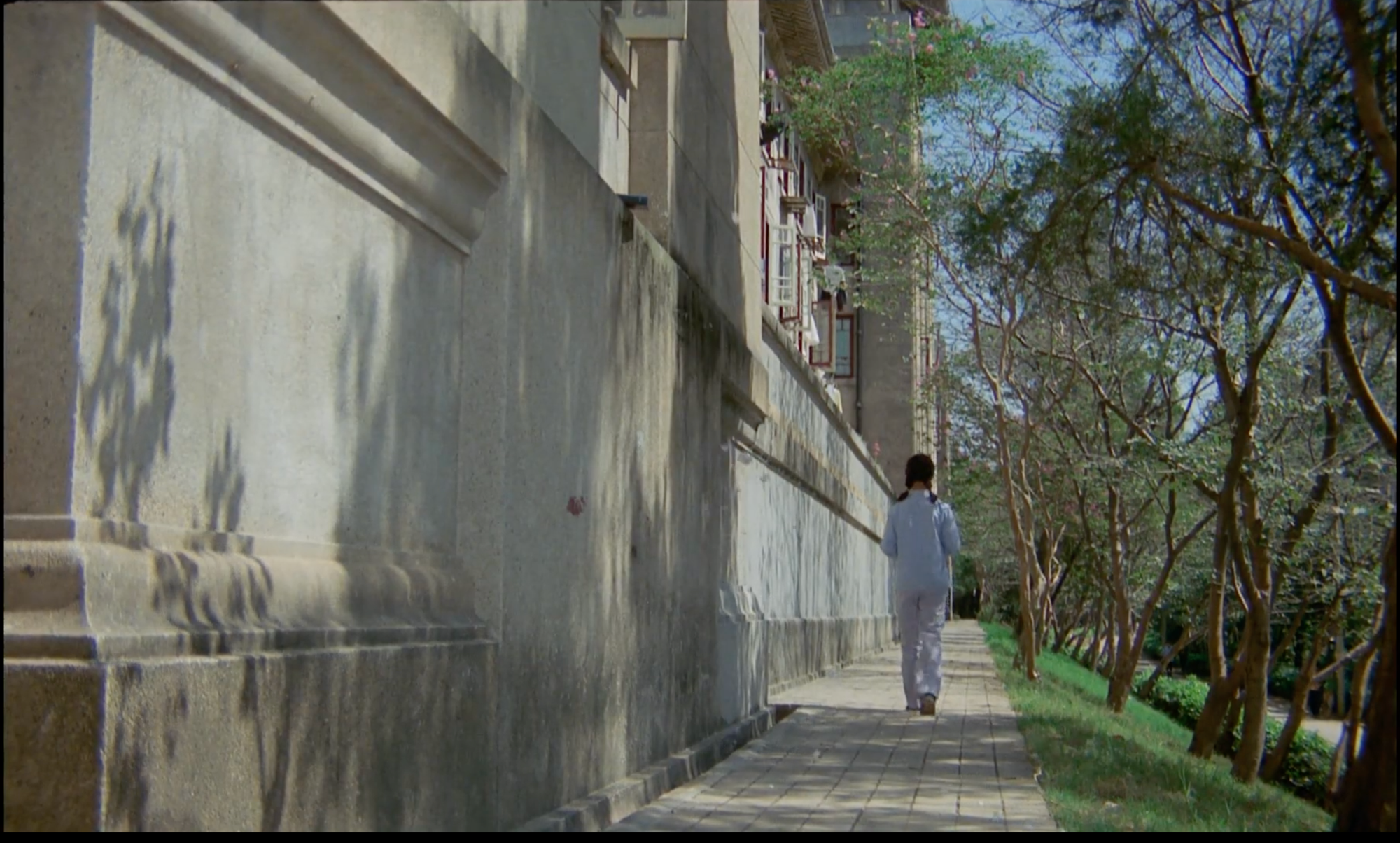
Shi’s style is less austere than her peers in Taiwan, however. Reflecting more the approach of Japanese directors like Ozu and Naruse. I have no idea if she studied those filmmakers in particular (Hou’s work was often compared to Ozu before he had ever seen any of his films), but her use of pillow shots, little moments of nature and music as transitions marking changes in place and time, seems highly Ozuvian, as does the film’s soundtrack, the kind of jaunty music that Ozu used so effectively to underline and provide emotional contrast in his later films. The group dynamic focused on individualized women recalls the Naruse of films like Flowing, of course, as does the generally freely traditional stylistic approach, rather than realism as filtered through the lens of a formalized aesthetic, either idiosyncratic (as in Ozu) or minimalist (as in the Taiwanese directors). Naruse-like too is Shi's eye for seemingly off-handed compositions that are nonetheless carefully designed and strikingly beautiful.

I think Shi’s talent is best explained with a single brief shot, one that lasts only a couple of seconds and involves a character we’ve never seen before and won’t see again. A local shop has set up a stall to sell books on campus and the girls and other students rush over to it. The girls, literature students all, call out titles they want (the Russian classics seem especially popular with them, Pushkin and Turgenev and the like) as a mad dash of young hands paw at and skim through and pass around the books like it’s Black Friday at Wal-Mart, but for minds starved for literature, rather than suburbanites craving deeply discounted robot vacuum cleaners. While focusing on the search by one of our leads, we see a young man from behind, his white t-shirt tattered and worn, full of holes, surely another impoverished student like our heroine. He quickly turns and walks away though, in his arms he carries, barely, a huge stack of books, a dozen or more. It's not so much that he can’t afford a new shirt, but rather that he’d simply rather spend what money he has on books. I’d know that guy anywhere, at anytime.
